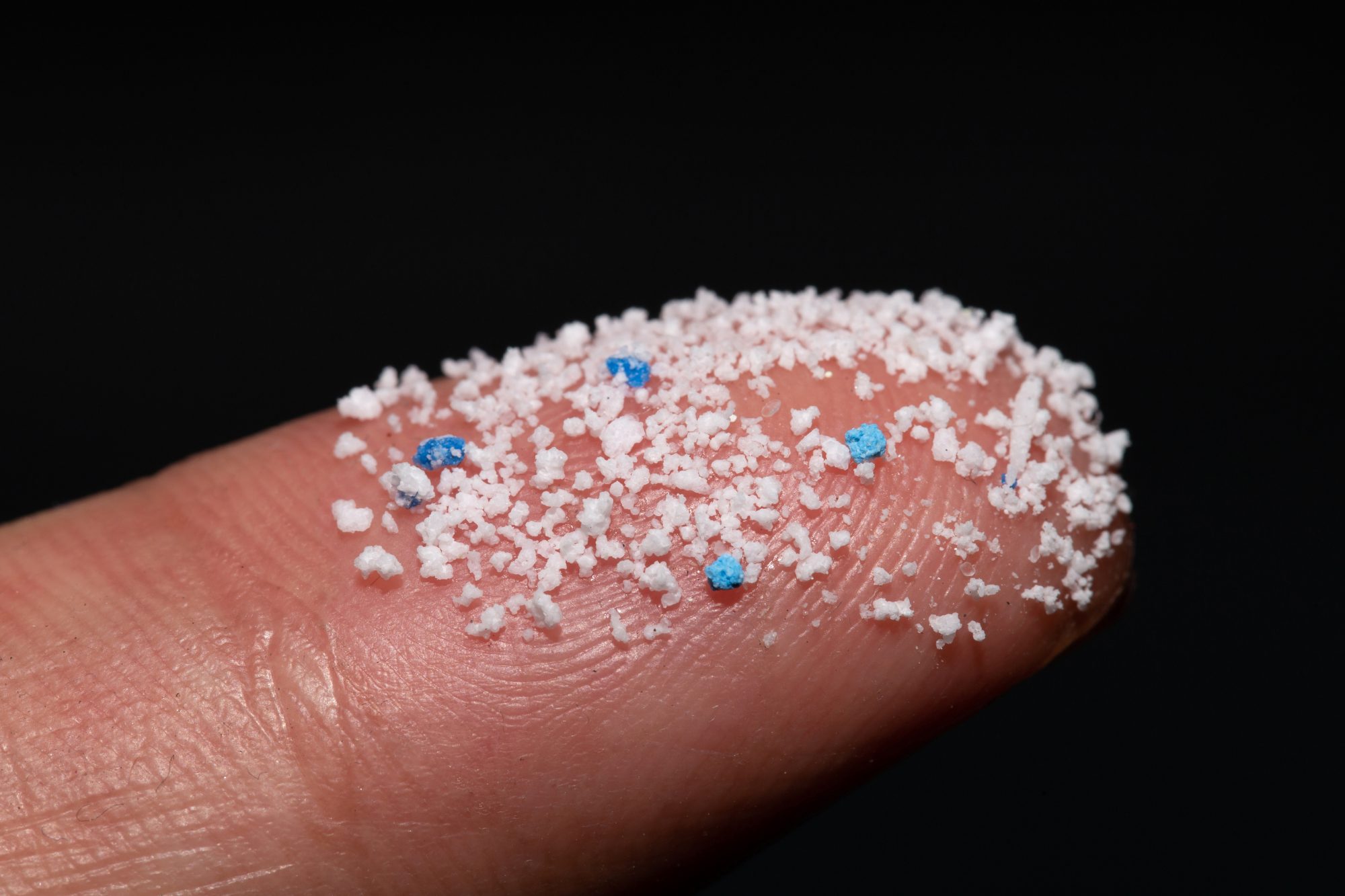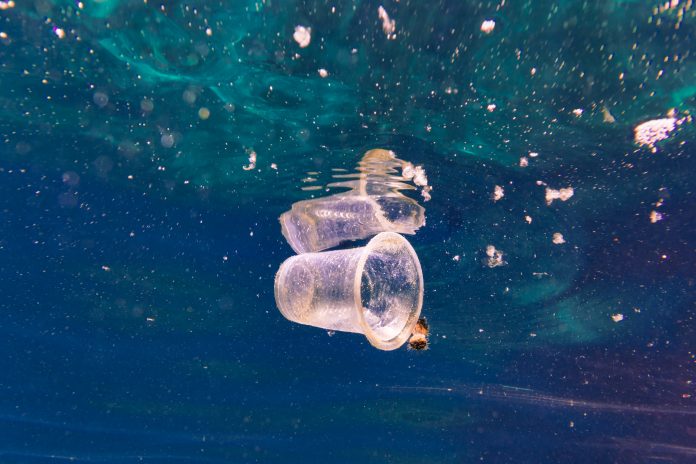By estimating the age of microplastics in the ocean, researchers are finding a difference between the degradation of offshore and nearshore microplastics
Researchers from Kyushu University and Asahi Kasei Corporation announce a new way to estimate the age of microplastics found in the upper oceans using plastic oxidation and the assessment of environmental factors.
The key to estimating the age of microplastics
By combining the analysis of plastic oxidation levels with continued monitoring of environmental factors such as UV exposure and ambient temperature, the team examined the age of offshore and nearshore microplastic sites.
Steering their research towards the North Pacific Ocean, the team found that the age of microplastics in nearshore regions ranged from 0 to 5 years old, whereas microplastics from offshore regions ranged from 1 to 3 years old.
“microplastics in nearshore regions ranged from 0 to 5 years old, whereas microplastics from offshore regions ranged from 1 to 3 years old”
Plastic pollution and continued single-use plastic waste
Our oceans and lakes are continually being polluted by plastics and microplastics. Plastics are the most abundant type of pollutant in these environments as plastic has the ability to break down and fragment.
Once plastic has fragmented to less than 5mm in length, it can be classified as microplastic.

“Microplastic pollution is recognized as a global problem. In a previous study, we found that there are about 24 trillion grains of microplastics floating on the surface layer of the ocean,” explains Professor Atsuhiko Isobe of Kyushu University’s Research Institute for Applied Mechanics, who led the study.
“However, there is still little we know about its effects on the environment or to living creatures. Another big question we have is how long microplastics drift through the ocean.”
Published in Marine Pollution Bulletin, Isobe and his team began by investigating what metrics could be used to measure microplastic age in the first place.
Exposure experiments to trace the age of microplastics
“The most common material in plastic is called polyethylene. We know that as polyethylene interacts with the environment, it oxidizes and degrades,” clarifies first author Rie Okubo from the Asahi Kasei Corporation.
“This degradation level can be measured using the change in the material’s molecular weight, and something called the carbonyl index. Simply, when polyethylene degrades, its carbonyl index increases and molecular weight decreases.”
As these microplastics are being exposed to environmental factors, the team needed to standardize how temperature and UV radiation affected plastic degradation in order to keep their research accurate.
By undertaking a series of exposure experiments to polyethylene material and collecting data on how various combinations of UV and temperature affected the material’s molecular weight and carbonyl index, the team were able to provide an accurate estimation.
The effects of UV radiation and sea water temperature
The team found that UVER—ultraviolet erythemal radiation, a measurement of UV radiation at ground level—and seawater temperature were the two biggest contributors to plastic degradation.
“Once we had this data, we began to apply it to our microplastic samples. All our samples came from the upper ocean, up to one meter from the water surface,” continues Okubo.
“We also collected microplastics from a range of areas. Some samples were collected nearshore to Japan, ranging from 10 to 80 km off the coast. Other samples were collected offshore, in the middle of the North Pacific Ocean and Philippine Sea.”
By analyzing the collected microplastics, the team was able to estimate the age of each induvial sample. They found that nearshore microplastics ranged from 0 to 5 years old, whereas offshore samples ranged from 1 to 3 years old.
“We hypothesize the reason why nearshore microplastics range from 0 to 5 years is that they are being frequently washed ashore and ‘surviving’ for a longer time.”
“Offshore microplastics, on the other hand, take longer to reach that part of the ocean, hence why we didn’t find microplastics over 3 years old,” Okubo explains.
“These offshore microplastics are also likely removed from the upper oceans by settling deeper into the waters.”
What does the future hold for tracking microplastics?
The researchers hope that the new method will also help develop more accurate simulations to track microplastics across the ocean.
Isobe concludes, “Our research and understanding of microplastics is still very new, and thanks to this data, we’ve gained a little more understanding of the fundamental science of microplastics.
Our next step will be to investigate how mechanical stimuli like ocean waves and currents can degrade plastics, so we can collect even more accurate data.”











